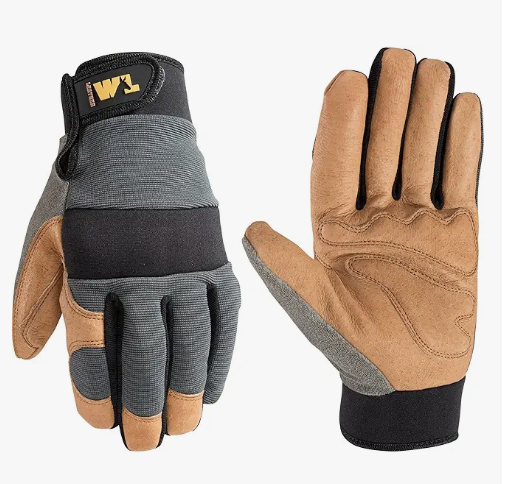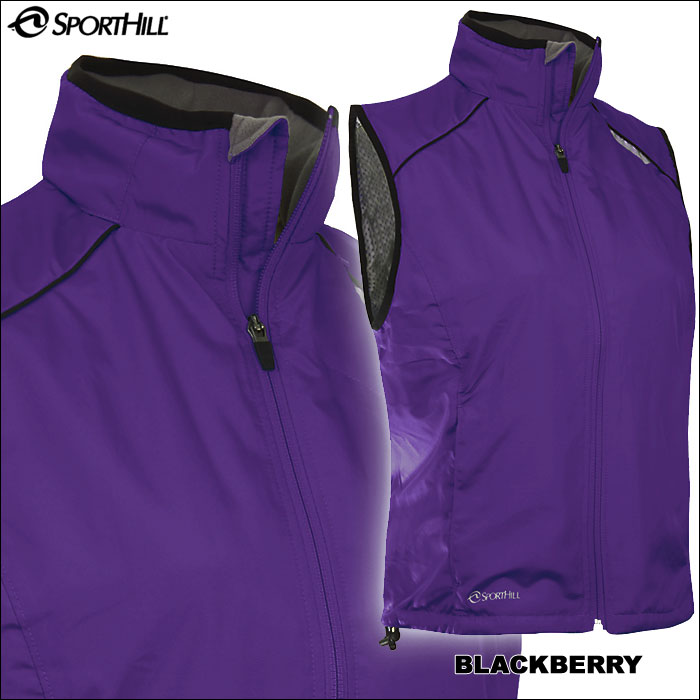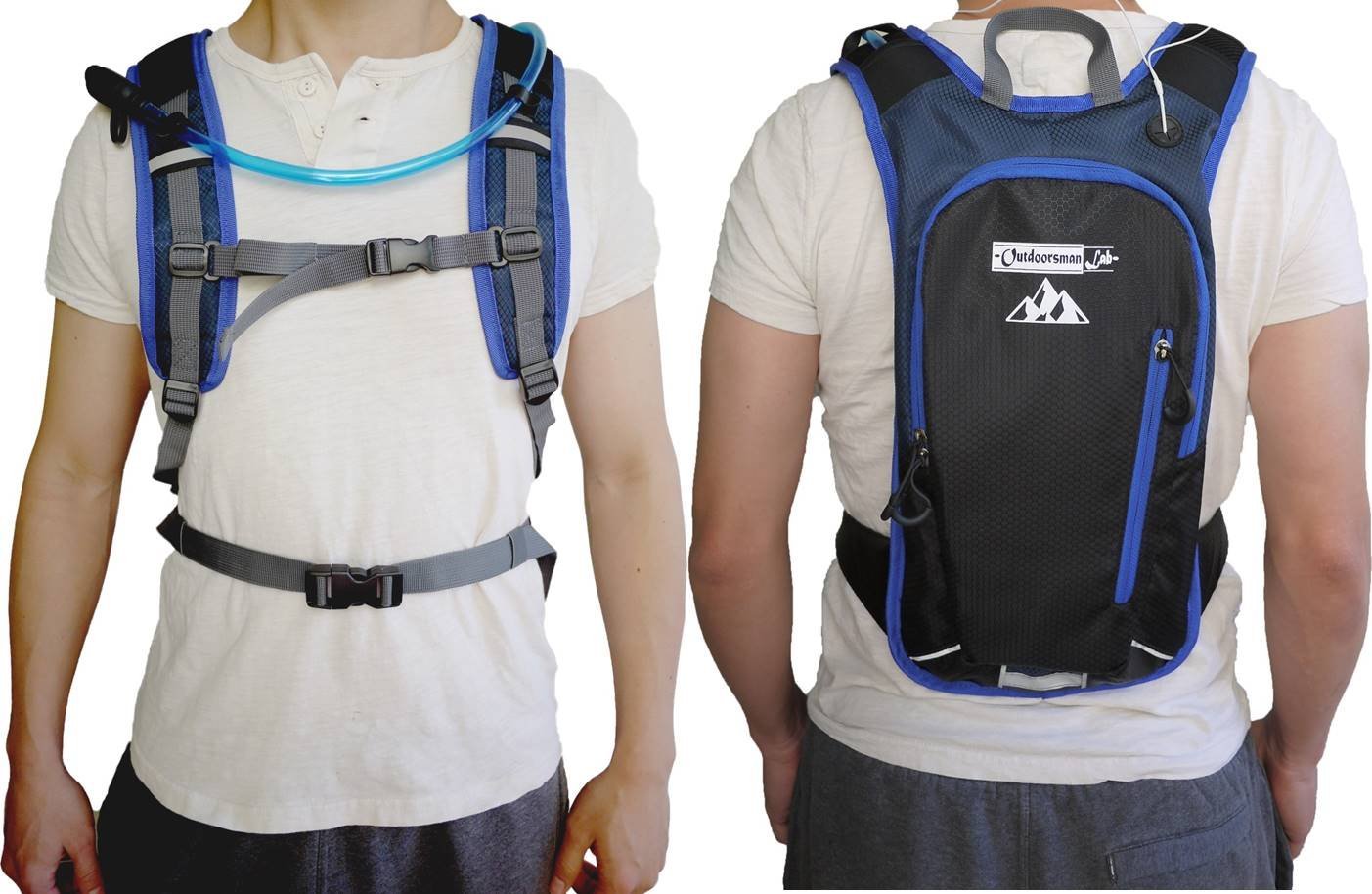Dressing an older Freeheeler

|
Once your child is 10+ and are in Freeheelers (advanced groups), they are ready to start wearing lighter nordic specific clothing. This will help them work on their technique and not get hot while working hard. If you buy nordic specific clothing, it will be expensive and you'll probably have to buy another set in 1-2 years. However, many of the items are similar to what soccer players and bicyclists use so you'll find them at thrift shops or you may already have this clothing from other sports your child does. Most important is lighter pants that are snug at the ankles and lighter jackets. See below for each layer of a junior nordic kit. |
|
First the under layers. The first layer is fairly thin. Buy synthetic. No cotton. You can get these at any outdoor store. I buy my own kids underlayers at Value Village or Goodwill since you'll find these there for 1/3 the price. On top of that you'll want to add a thin fleece, like 1/8th inch thick. Again you can find lots of these used as thrift stores at low prices. On warm days, skip the fleece on the legs and just use the thin underlayer on legs. |
Add nordic or nordic-like ski pants. These are more form-fitting and thinner than downhill, but need not be tights. If you buy new, then get one's that have a wind-resistant front. These are expensive. Soccer warm-up pants work fine as long as they are synthetic. Note these are not thin nylon pants; warm up pants are about 1/8in thick synthetic. You can find these at thrift stores for under $20. Make sure they are the type that are narrow at the ankles and have ankle zips. NO COTTON and you don't want baggy pants. |
|
Next nordic jacket. This is thinner and more form-fitting than downhill and doesn't have a hood. Again these are pricey new, but sometimes you can find bicycling jackets at thrift stores that are similar. It doesn't have to be waterproof but wind resistant is important. |
Rain jacket and rain/wind pants. Get a light jacket and have it in the pack for windy/rainy days. This is not a downhill jacket; that's too heavy. Rain/wind pants: You don't want anything too floppy. Some form-fitting wind/rain pants are best. Most kids age 12+ won't need these except on really wet or cold days. |
|
Now's the age for kids to start using thinner nordic gloves on warm days. For cold days, do pack thicker downhill like gloves or thicker nordic-gloves or lobster gloves. You can buy nordic specific gloves; they are nice but also pricey. You can also get construction gloves with leather palms that look like nordic gloves. These cost about $15-20. Below is a picture of the type to get.
|
Have a pair of mitts or lobster mitts in the pack for cold days. If your child is prone to cold hands, use these instead of gloves. A couple thin plastic bags in the pack is a life-saver for cold hands on a really cold day. |
|
On cold days a thin 'puffy' jacket is really nice or you can use a thicker fleece jacket that fits under the outer jacket. These thin synthetic down jackets are pricey but fairly easy to find used/practically new in thrift shops in the women's jacket section. |
Another option for cold days if your child doesn't tend to get cold is a vest with fleece inside and wind breaker front. These can be hard to find used, but you can find them at thrift shops sometimes since they are used for bicycling too. |
|
If it is a cold day (like 20 F or lower) and your son is in thin nordic pants (as are worn in the advanced Freeheeler groups), he'll need wind boxers or wind briefs. Failing that a plastic bag stuck in the front of the briefs works. |
Final product. |
|
A thin neck gaitor for cold days. The thick fleece one's are usually too thick. You can get thin polyestor/micro-fiber ones for about $10 which work better for nordic skiing. |
Big backpacks are not needed. You can get a decent hydration pack online for about $20 (sometimes cheaper). Camelback will charge 2-3x times that, but you don't need that brand. |
Tricks of a seasoned ski parent:
- Always have spare mitts or gloves in the pack. A neck gaitor is also a life saver on cold blustery days.
- Keep a couple pairs of chemical hot pads (Hot Hands) in the ski bag. On a bitter cold days, stick those in your kid’s gloves and boots.
- Tuck a treat into a pocket. Working hard and cold weather means lots of calories get burned.
- Have a pair of googles in the car. Have your child take them on cold, snowy days.
- If it’s pouring rain, put a rain coat and rain pants on over the normal Freeheeler stuff.
- And finally, don't forget the sunglasses on sunny days.











